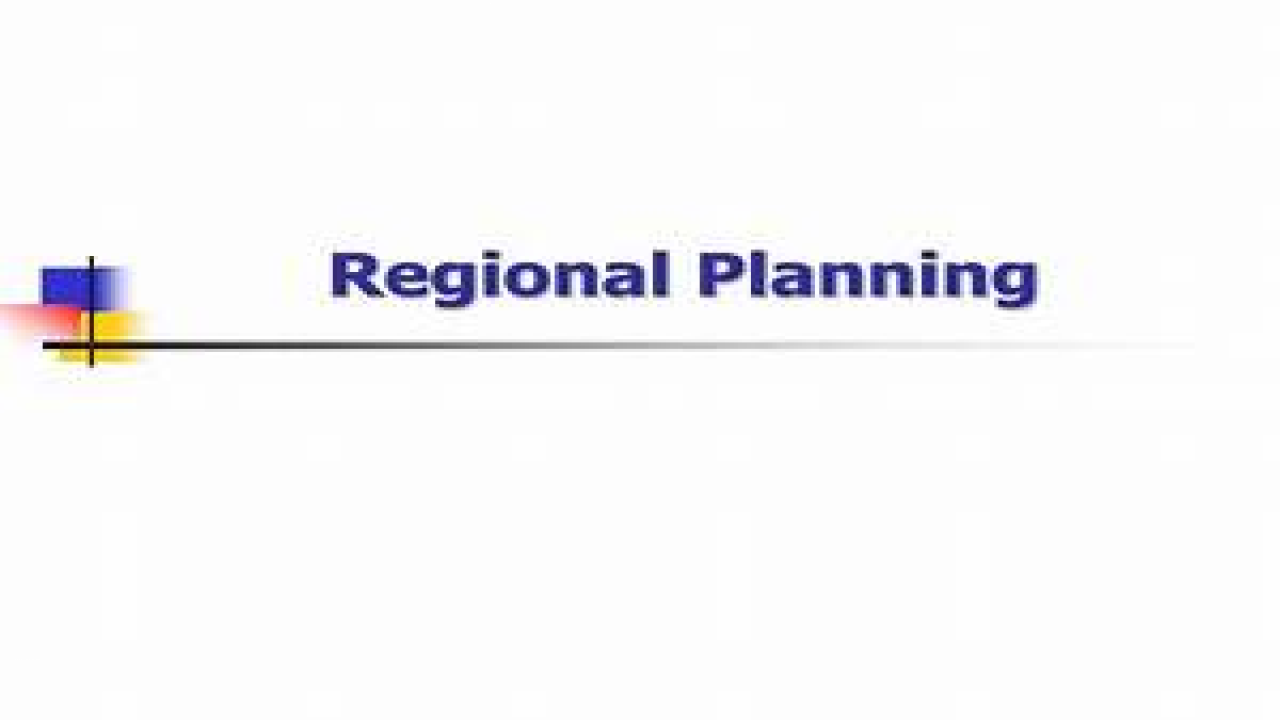Regional Development and Planning
Regional development and planning refer to the efforts to promote economic, social, and environmental development in a particular region.
History of Regional Development and Planning
Regional development and planning have been a part of human society for centuries, with governments and communities working to promote economic growth and social welfare in particular regions. The modern era has been characterized by increasing awareness of environmental issues and the need to promote sustainable development.
Types of Regional Development and Planning
Regional development and planning can be broadly categorized into the following types:
- Economic planning: This refers to efforts to promote economic growth in a particular region, often through infrastructure development, investment incentives, and job training programs.
- Social planning: This refers to efforts to promote social welfare in a particular region, often through the provision of healthcare, education, and social services.
- Environmental planning: This refers to efforts to promote sustainable development in a particular region, often through the conservation of natural resources and the promotion of clean technologies.
Examples of Regional Development and Planning
- Economic planning: The development of the Silicon Valley region in California, which has become a hub for technology and innovation, and the growth of the automotive industry in Detroit.
- Social planning: The provision of universal healthcare in countries such as Canada and the United Kingdom, and the development of social safety nets in countries such as Sweden and Denmark.
- Environmental planning: The conservation efforts in the Amazon rainforest in Brazil, and the development of renewable energy sources in countries such as Germany and Denmark.
Issues Posed by Regional Development and Planning
Regional development and planning pose significant challenges for the society, including:
- Trade-offs: Regional development and planning often involve difficult trade-offs between economic growth, social welfare, and environmental protection.
- Implementation: Regional development and planning often face challenges in implementation, with political and bureaucratic obstacles often hindering progress.
- Inequality: Regional development and planning can exacerbate social and economic inequality, with marginalized groups often left behind in the development process.
Solutions to Regional Development and Planning Issues
Solving regional development and planning issues requires a multifaceted approach that involves individual actions, government policies, and international cooperation. Here are some potential solutions:
- Promote sustainable development: This can be achieved through measures such as promoting sustainable land use practices, promoting the use of clean technologies, and promoting the protection of critical ecosystems.
- Address social and economic inequality: This can be achieved through measures such as promoting social safety nets, promoting equal access to healthcare and education, and promoting diversity and inclusion.
- Address political and bureaucratic obstacles: This can be achieved through measures such as promoting transparency and accountability, promoting public participation in decision-making, and promoting political reform.
- Support international cooperation: Addressing regional development and planning issues requires global cooperation and coordination. This can be achieved through international agreements such as the Paris Agreement on Climate Change and the United Nations Sustainable Development Goals.


